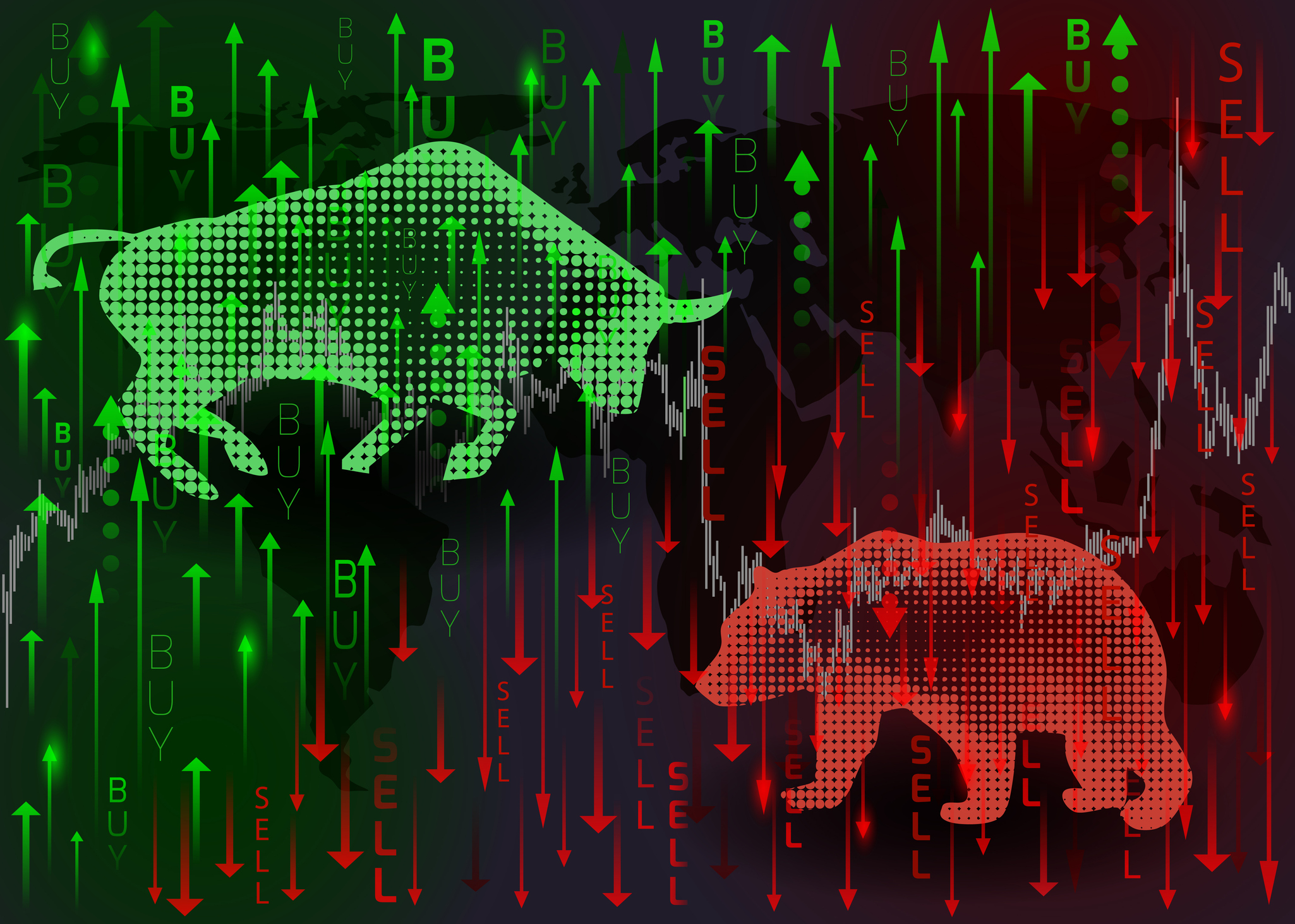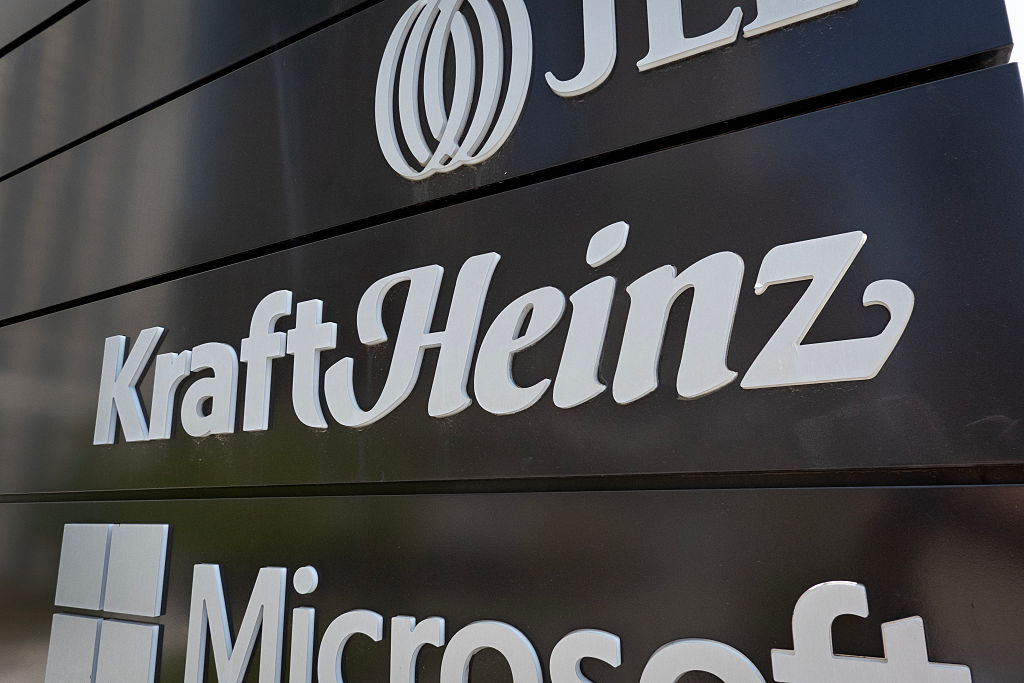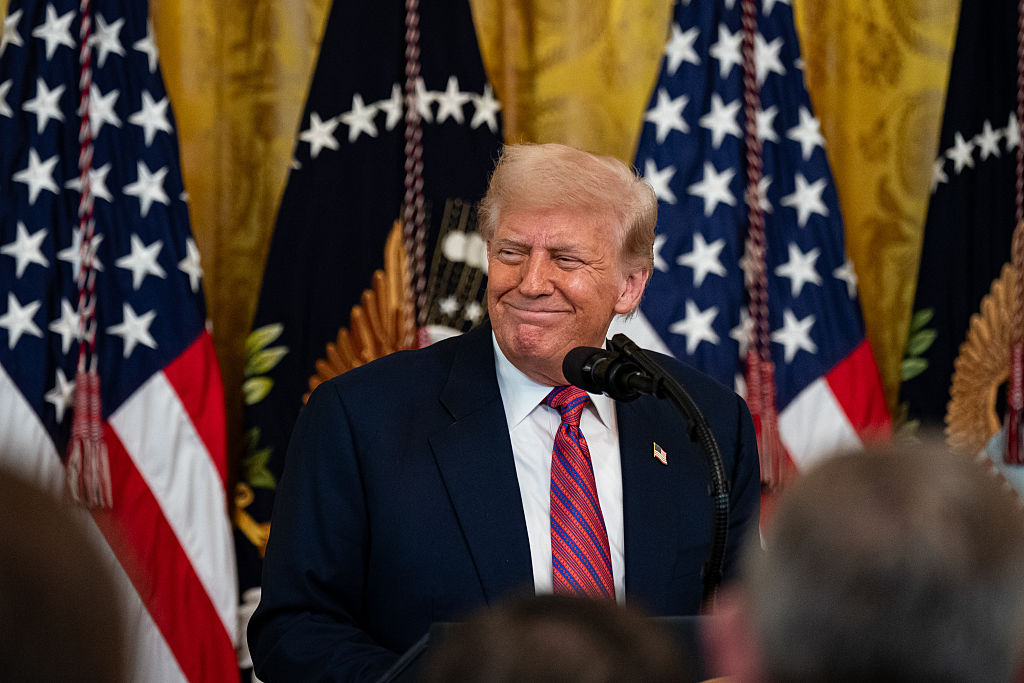Our Investing Outlook for 2012
U.S. stocks should beat bonds and foreign stocks, but intense volatility will continue.

In the short run, the stock market is a voting machine, said Benjamin Graham, considered by many the ultimate investing sage. But in the long run, it's a weighing machine, meaning that over time a company's shares will command the price its business prospects deserve, measured by such basic yardsticks as profit growth, balance-sheet strength and management vision.
For much of 2011, the stock market behaved like a gigantic voting booth. Traders (and investors behaving like traders) reacted to fast-changing economic and political developments by giving the market a categorical thumbs-up one day, an unqualified thumbs-down the next. So-called high-frequency traders, whose computer programs plumb minuscule price movements within nanoseconds and who now account for 50% to 75% of stock trading volume, have exacerbated the volatility.
From just $107.88 $24.99 for Kiplinger Personal Finance
Become a smarter, better informed investor. Subscribe from just $107.88 $24.99, plus get up to 4 Special Issues

Sign up for Kiplinger’s Free Newsletters
Profit and prosper with the best of expert advice on investing, taxes, retirement, personal finance and more - straight to your e-mail.
Profit and prosper with the best of expert advice - straight to your e-mail.
The effects have been dizzying. In 2011 through November 4, Standard & Poor's 500-stock index saw intraday swings of 2% or more on 56 trading days -- 50 of them in the second half of the year. The index logged closing gains or losses of 2% or more on 29 days in 2011, compared with an average of five times a year dating back to 1950. And on a record 56 days, the number of S&P stocks advancing or the number of those declining exceeded 400 -- occurrences that Bespoke Investment Group dubs "all or nothing" days.
Rest assured that at some point the market will become a weighing machine again. Still, for much of 2012 we expect continued volatility and a seesaw market that will likely experience both breakout rallies and occasional downward spikes. We believe the economy will sidestep recession in 2012, muddling through with growth in gross domestic product of roughly 2% -- not enough to dent a stubborn, 9% unemployment rate. Inflation will moderate in 2012, falling back to about 2%, from more than 3% in 2011.
Corporate earnings will continue to rise in 2012, albeit at a slower pace than they have been since cratering during the 2007-09 recession. Figure on profits for companies in the S&P 500 to improve by 6% to 7% in 2012, a bit less than perennially optimistic Wall Street analysts expect. If the market maintains its current price-earnings ratio of about 12, the S&P index, which closed at 1253 on November 4, should appreciate by the same amount. Throw in dividends of about 2% and you'd earn a total return of 8% to 9%. (This analysis suggests that the Dow Jones industrial average, which closed at 11,983 on November 4, should pass 12,700 a year from now.)
Outlook for Bonds
A return approaching 10% would be generous compared with alternatives. The yield on the benchmark ten-year Treasury bond, now 2.1%, will remain low, as the Federal Reserve holds to its promise to keep short-term rates at nearly 0% through midyear, while also trying to keep long-term rates down by buying government-backed bonds. Still, the yield on the ten-year bond should approach 3% later in the year, suggesting that Treasury holders will lose money (prices move in the opposite direction of yields). Income investors will do better in municipal bonds, high-grade corporate debt and mortgage-backed securities (see CASH IN HAND: Your Guide to Bond Investing in 2012). Interest rates on bank savings accounts and money markets will barely rise above zero.
Yet despite a more favorable outlook for stocks, it's easy to understand how discerning investors are frustrated by the market's mood swings and its inability to discriminate between good companies and bad. When virtually everything moves in tandem at lightning speed, the market can steamroll investment plans based on thoughtful stock and fund selection. "The market has changed so much," says Bill Jegl, a retired federal employee in Vienna, Va. "In the past, I would sometimes buy individual stocks. But now, an individual investor -- even one like me with time on his hands -- can't be sure what's going on." Kiplinger's readers echoed that sentiment in a poll taken in October: 46% of those surveyed did not believe the financial system was fair to individual investors.
That's the theme of the Occupy Wall Street movement, the amorphous protest taking place in hundreds of cities worldwide. Its message is one of general discontent with all matters financial, from income inequality to high bank fees to corporate greed. Disillusioned stock investors may not be living in public parks or protesting with placards, but they’re voting with their feet. Mutual fund investors pulled more than $63 billion out of stock funds in the first nine months of 2011.
Whether their retreat is a smart move remains to be seen. Investors with strong stomachs and level heads can prosper, even in these volatile times -- maybe especially in such times. Savvy investors may spot mispriced gems whose value will eventually win out. "This almost inhuman volatility will dissipate to more normal levels," says John Linehan, head of U.S. stock investing at T. Rowe Price. "The market can only sustain the kind of volatility we’ve seen in a state of crisis, and at some point, crises get resolved."
Just don't expect speedy resolutions in 2012. The Securities and Exchange Commission and Congress will likely address high-frequency trading (see Advice for the Little Guy for ways to protect yourself). But the government debt crisis in Europe remains "a ticking time bomb," says Nariman Behravesh, chief economist at IHS Global Insight. In the end, an orderly restructuring of Greece's debt is likely, he says, but it'll take a recapitalization of the European banking system and a bailout fund as large as two trillion euros (about $2.7 trillion) to make sure the contagion doesn't spread to Italy, Spain or France.
The U.S. economy is still healing from its own debt crisis. The slow contraction of private-sector debt levels that follows such crises usually takes six or seven years, sometimes longer. We're likely only about halfway through the process. But some economic indicators show surprising strength. Retail sales have remained strong at both high-end stores and lower-end chains, despite the glum mood of consumers.
Housing will be less of a drag in 2012, boosted by the federal government's latest loan-modification effort and a likely plan to aid investors who want to convert distressed homes into rentals. Some localities may see price declines of 3% to 5%, predicts Mark Zandi, chief economist at Moody's Analytics. But overall, 2012 will be the year that prices stabilize -- setting the stage for gains in 2013 (see What’s Ahead for Home Prices in 2012).
Politics in a presidential election year will weigh on markets. The acrimonious brinksmanship that defines government today is paralyzing businesses and turning the market into a yo-yo, says economist Ethan Harris, at Bank of America Merrill Lynch. "Suppose I own a business, and it's July of 2012," he says. "I'm looking at an election period of deep anger between two parties and complete gridlock on policy. What will I do? I'm going to put any expansion plans on hold." A unified government -- of whatever party -- would provide relief, says Harris.
On the plus side, the health of corporate America remains robust. Earnings are growing, and balance sheets are bursting with cash, which companies are increasingly sharing with investors via dividend boosts and stock buybacks. Wall Streeters differ on whether the market is underpriced, overpriced or fairly valued, depending on how they measure it in relation to corporate earnings. But even a cheap market doesn’t translate into easy gains.
Investors who succeed in 2012 -- and perhaps a few years beyond -- will be those who take advantage of the ups and downs that occur within a market that essentially treads water. Think back to the range-bound market in the U.S. from 1966 through 1982, when the Dow flirted with the 1000 level again and again but took 16 years to cross it decisively. "We're 12 years into a trading range that started in 2000," says Bob Doll, chief stock strategist at BlackRock Investments. Doug Ramsey, chief investment officer at the Leuthold Group, sees the S&P "bouncing around" between 950 and 1600 over the next three to four years.
In other words, investors will have to work hard to earn decent returns, at least in the short term. You'll have to think tactically. That doesn't mean trying to time the market -- which almost always backfires. Instead, strive to "preserve capital, limit risk and occasionally be opportunistic," says Barry Ritholtz, CEO of Fusion IQ, a research and money management firm. That means vetting businesses or funds you want to own and pouncing when the market's in a downdraft. Similarly, buy-and-hold investors need to fight the tendency to buy and forget. "When stocks misbehave, you cut them loose," says Ritholtz. Has the reason you bought the company changed? Have earnings collapsed, or has the stock price swung too far up or down? Know what your exit points are before you buy, cautions Ritholtz, and sell into rallies (see 4 New Rules for Investors).
Outlook for Stocks
We think you'll find the best opportunities in stocks as opposed to bonds, and in U.S. stocks rather than foreign companies. We do think that emerging markets, with faster-growing economies and increasing demand for consumer goods, will pay off for patient investors. And serious risk takers might tiptoe into Europe in search of bargains in 2012 (see our international outlook).
But in times of heightened uncertainty, it makes sense to gravitate to U.S. companies that are increasing market share in a variety of geographies, sport strong balance sheets and, in a low inflation environment, don't need price hikes to gain. Financial stability is a must; dividends are a plus. U.S. blue chips give a portfolio "nice ballast," says Kurt Reiman, head of thematic research at UBS Wealth Management. Coca Cola (symbol KO), Procter & Gamble (PG) and Yum Brands (YUM) have positions in emerging markets, sustainable earnings and attractive dividends. Fund investors can gain international exposure via U.S. blue chips in Fidelity Contrafund (FCNTX), one of the Kiplinger 25, a list of our favorite funds, and Jensen Quality Growth (JENSX).
When economic growth is hard to come by, stocks of companies with above-average earnings growth tend to beat bargain-priced stocks. You'll find some of the best growth stories in the technology sector, particularly in companies involved in mobile computing. In terms of devices, says Channing Smith, of Capital Advisors, in Tulsa, "it's a two-horse race" between Apple (AAPL), making money hand over fist with its iPhones and iPads, and Google (GOOG), which makes the popular Android software. Among semiconductor firms, Smith singles out Qualcomm (QCOM), the market-share leader in mobile-phone chips, and Broadcom (BRCM), whose chips are used in iPhones. You can play wireless more conservatively with service providers. AT&T (T) is a good bet, as are Verizon Communications (VZ) and England's Vodaphone (VOD), which together own Verizon Wireless. All three pay generous dividends.
In a market of mixed signals, investors should own both economy-sensitive stocks and defensive stocks. Among the former, auto stocks are worth a look. The average car on the road in the U.S. is nearly 11 years old -- indicating a lot of pent-up demand. Both Ford (F) and General Motors (GM) have dramatically reduced the number of cars they need to sell to break even.
Among more-defensive groups, investors should consider paring back holdings in utility stocks, which performed strongly in 2011. Health care -- especially health services -- looks more promising, says BlackRock’s Doll. His picks include insurers Aetna (AET) and UnitedHealth Group (UNH).
Profit and prosper with the best of Kiplinger's advice on investing, taxes, retirement, personal finance and much more. Delivered daily. Enter your email in the box and click Sign Me Up.

Anne Kates Smith brings Wall Street to Main Street, with decades of experience covering investments and personal finance for real people trying to navigate fast-changing markets, preserve financial security or plan for the future. She oversees the magazine's investing coverage, authors Kiplinger’s biannual stock-market outlooks and writes the "Your Mind and Your Money" column, a take on behavioral finance and how investors can get out of their own way. Smith began her journalism career as a writer and columnist for USA Today. Prior to joining Kiplinger, she was a senior editor at U.S. News & World Report and a contributing columnist for TheStreet. Smith is a graduate of St. John's College in Annapolis, Md., the third-oldest college in America.
-
 'Humbug!' Say Consumers, Despite Hot GDP: Stock Market Today
'Humbug!' Say Consumers, Despite Hot GDP: Stock Market Today"The stock market is not the economy," they say, but both things are up. Yet one survey says people are still feeling down in the middle of this complex season.
-
 The SEC Is Concerned for Older Investors and Retirement Savers. Here's What You Should Know
The SEC Is Concerned for Older Investors and Retirement Savers. Here's What You Should KnowThe SEC focusing on older investors, retirement and college savers, and private securities. Here's how those changes impact you.
-
 Vesting, Catch-Ups and Roths: The 401(k) Knowledge Quiz
Vesting, Catch-Ups and Roths: The 401(k) Knowledge QuizQuiz Test your understanding of key 401(k) concepts with our quick quiz.
-
 If You'd Put $1,000 Into Coca-Cola Stock 20 Years Ago, Here's What You'd Have Today
If You'd Put $1,000 Into Coca-Cola Stock 20 Years Ago, Here's What You'd Have TodayEven with its reliable dividend growth and generous stock buybacks, Coca-Cola has underperformed the broad market in the long term.
-
 What the Rich Know About Investing That You Don't
What the Rich Know About Investing That You Don'tPeople like Warren Buffett become people like Warren Buffett by following basic rules and being disciplined. Here's how to accumulate real wealth.
-
 3M, GM, Blue Chips Lead to the Upside: Stock Market Today
3M, GM, Blue Chips Lead to the Upside: Stock Market TodayThe S&P 500 followed the Dow Jones Industrial Average into green territory, but the Nasdaq lagged the other indexes because of its tech exposure.
-
 How to Invest for Rising Data Integrity Risk
How to Invest for Rising Data Integrity RiskAmid a broad assault on venerable institutions, President Trump has targeted agencies responsible for data critical to markets. How should investors respond?
-
 What Tariffs Mean for Your Sector Exposure
What Tariffs Mean for Your Sector ExposureNew, higher and changing tariffs will ripple through the economy and into share prices for many quarters to come.
-
 How to Invest for Fall Rate Cuts by the Fed
How to Invest for Fall Rate Cuts by the FedThe probability the Fed cuts interest rates by 25 basis points in October is now greater than 90%.
-
 Are Buffett and Berkshire About to Bail on Kraft Heinz Stock?
Are Buffett and Berkshire About to Bail on Kraft Heinz Stock?Warren Buffett and Berkshire Hathaway own a lot of Kraft Heinz stock, so what happens when they decide to sell KHC?
-
 How the Stock Market Performed in the First 6 Months of Trump's Second Term
How the Stock Market Performed in the First 6 Months of Trump's Second TermSix months after President Donald Trump's inauguration, take a look at how the stock market has performed.